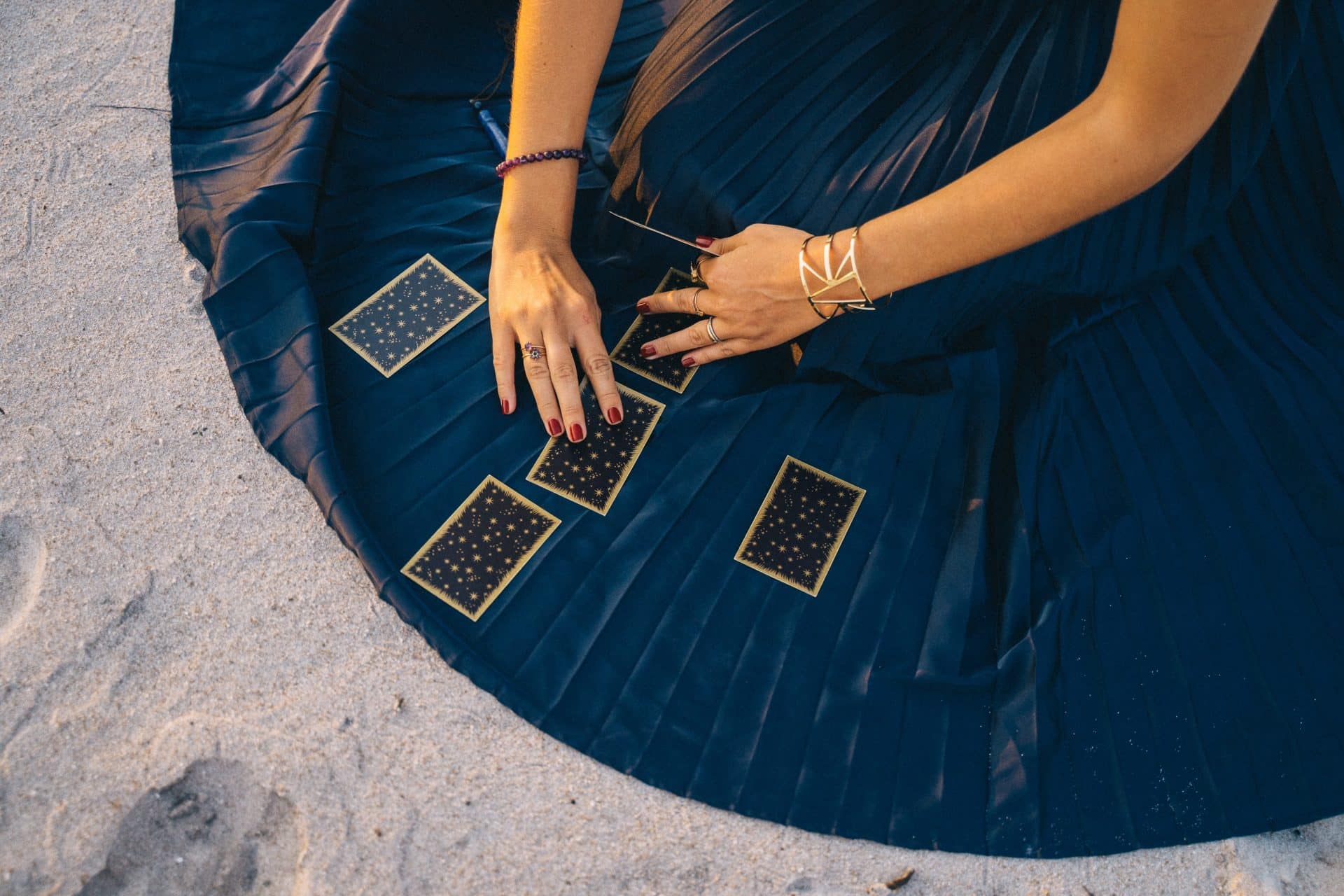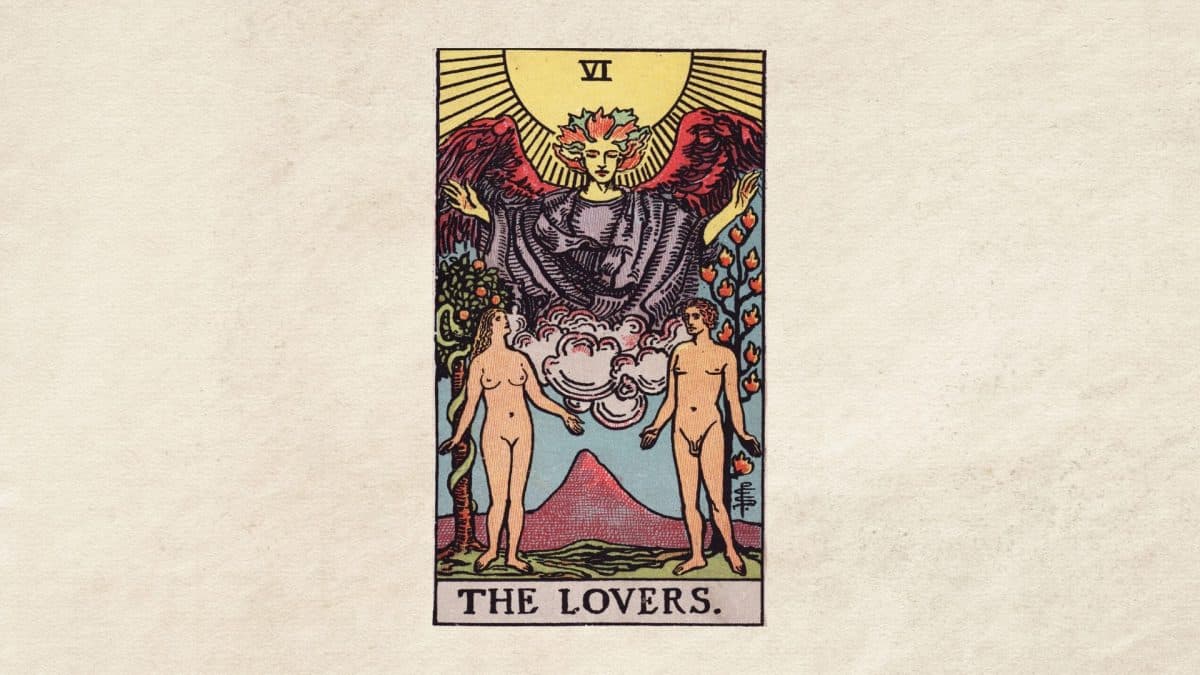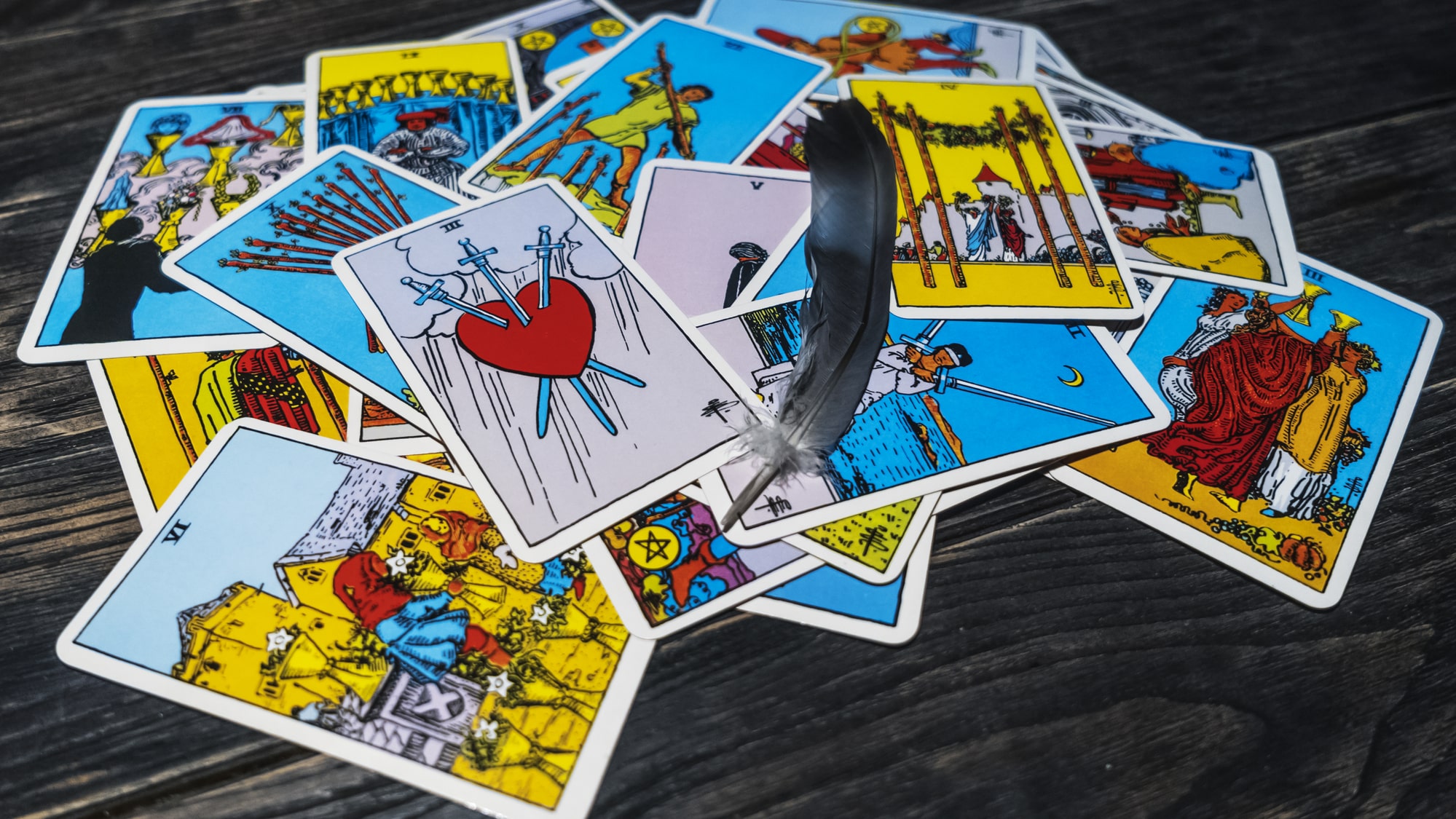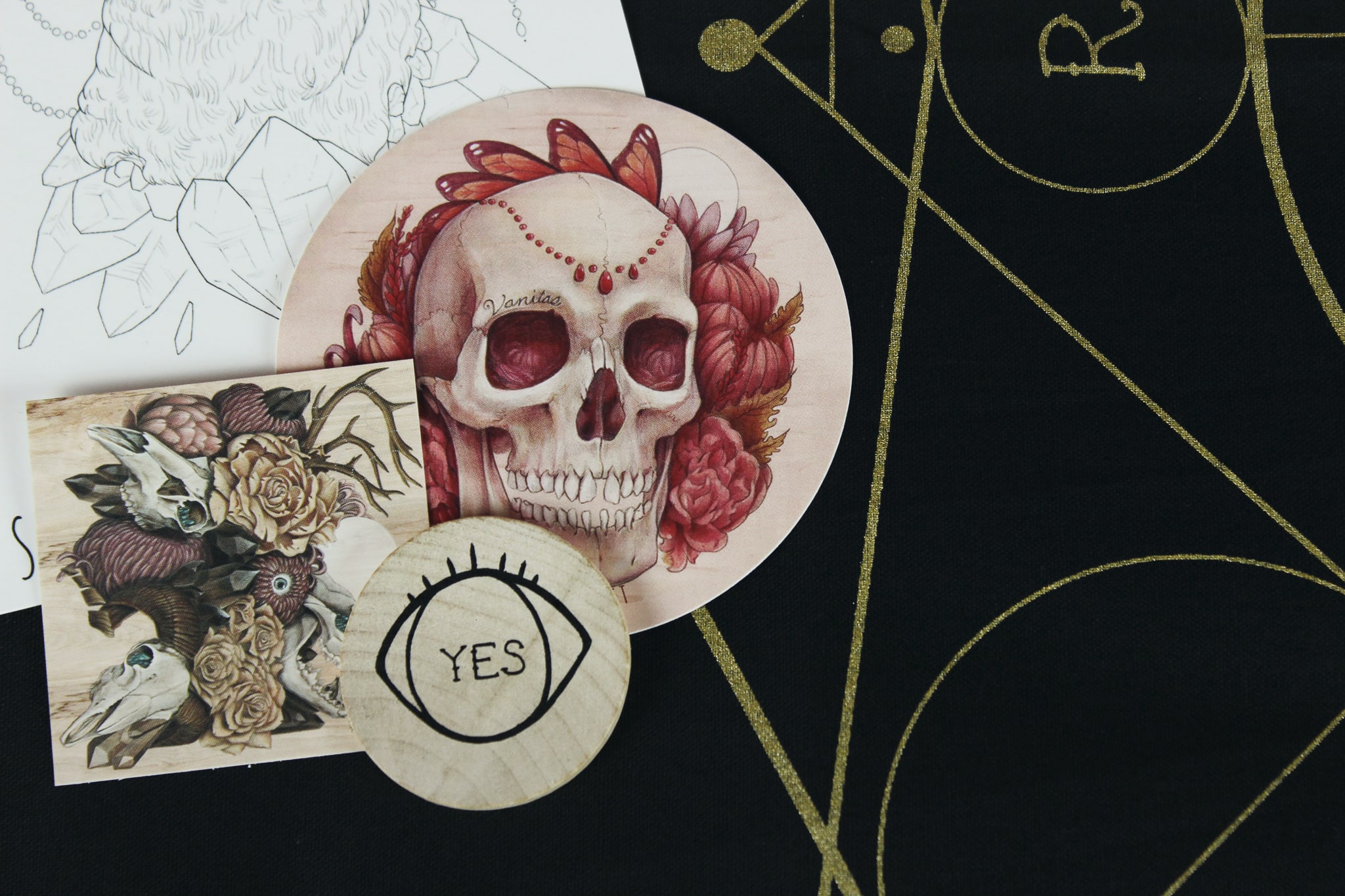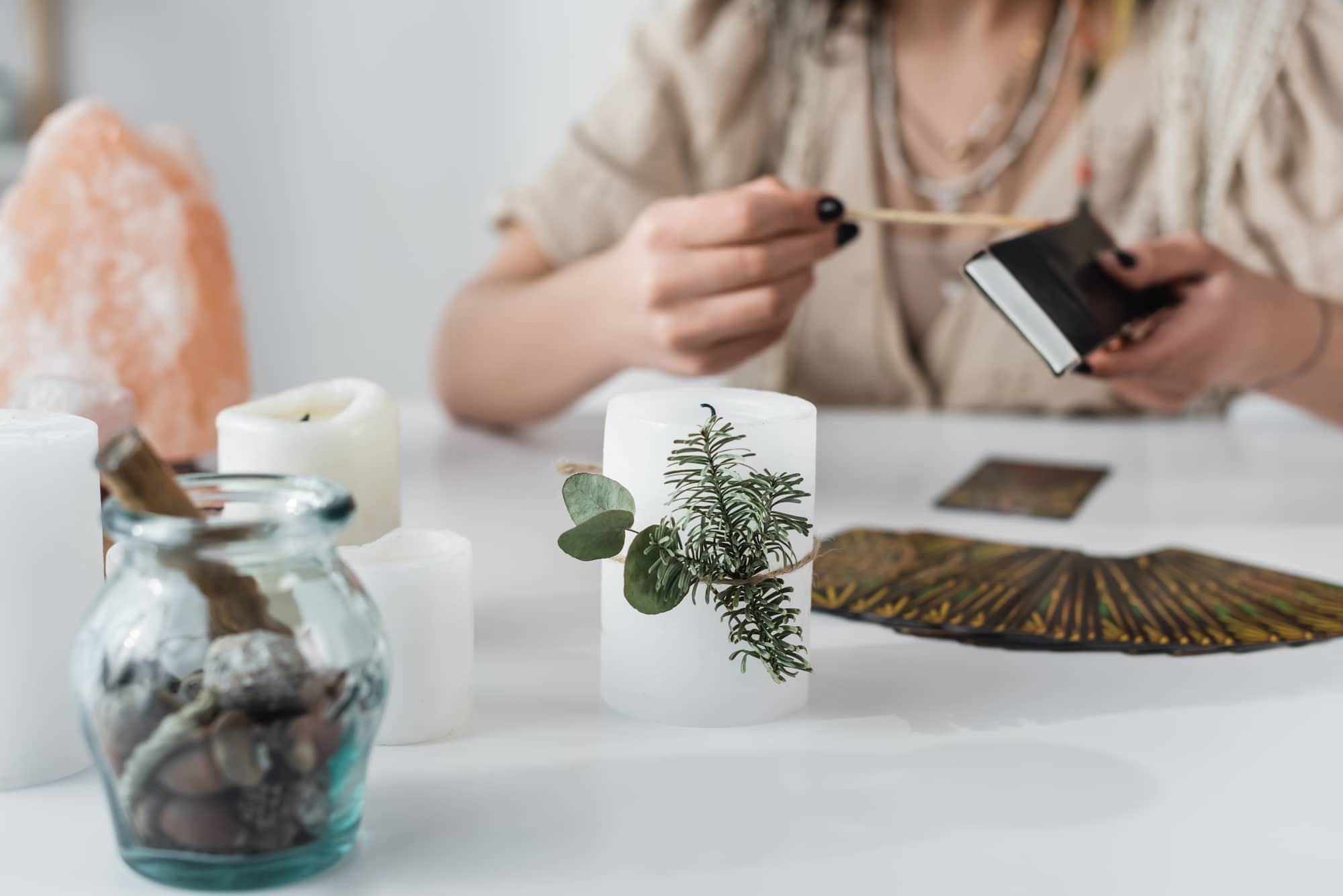The Structure of the Tarot Deck: Building Blocks of Insight
Welcome back to our Tarot Unveiled series! In this second installment, we’ll explore the structure of the tarot deck, a crucial foundation for understanding tarot card reading.
By familiarizing yourself with the components of the deck, you’ll be better equipped to interpret the cards’ messages and weave a cohesive story during your readings.
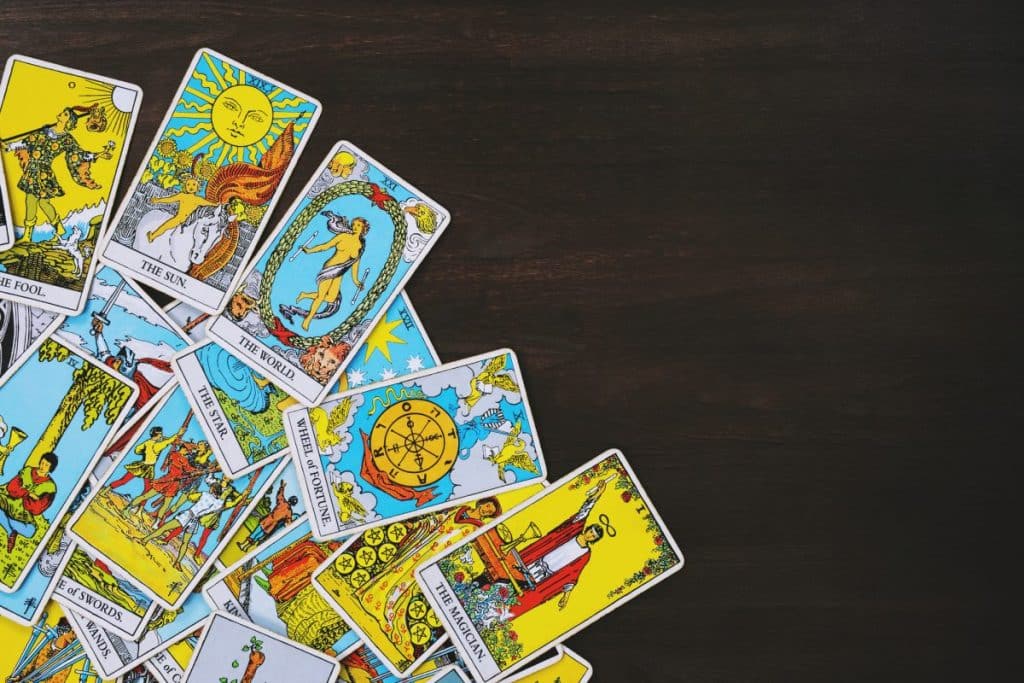
Table of Contents
Major Arcana: The Spiritual Journey
The Major Arcana consists of 22 cards, each carrying a profound message and unique symbolism that can provide guidance and insights into various aspects of life. These cards represent significant life events, spiritual lessons, and archetypal energies that influence our journey.
When Major Arcana cards appear in a tarot reading, they often indicate crucial turning points, challenges, or opportunities for personal growth and transformation.
Minor Arcana: The Four Suits
The remaining 56 cards in the tarot deck are known as the Minor Arcana, divided into four suits: Wands, Cups, Swords, and Pentacles.
Each suit corresponds to an element and represents a different aspect of our daily lives. The Minor Arcana cards provide a more detailed and nuanced perspective on the situations and experiences we encounter in our day-to-day lives.
Number Cards: The Journey from Ace to Ten
Within each suit of the Minor Arcana, there are ten number cards, ranging from Ace to Ten. These cards depict the various stages and experiences associated with their respective suits.
Understanding the progression of the number cards within each suit can help you gain a deeper appreciation of the tarot’s storytelling nature and interpret the cards more effectively in your readings.
Court Cards: The Royal Family
The final component of the Minor Arcana consists of the court cards, which include the Page, Knight, Queen, and King for each suit. Court cards often represent personalities, traits, or aspects of ourselves that come into play in various situations.
Court cards can also represent actual people in our lives who embody the qualities associated with the card, offering valuable insights into our relationships and interactions with others.
Building Your Tarot Foundation
Understanding the structure of the tarot deck and the significance of the Major and Minor Arcana cards is essential for mastering the art of tarot reading.
By familiarizing yourself with the building blocks of the tarot, you’ll be better equipped to interpret the cards’ messages and weave a cohesive story during your readings.
In the next installment of our Tarot Unveiled series, we’ll dive deeper into the Major Arcana, exploring the meanings and symbolism of each of the 22 cards. We’ll also share some tips for memorizing and understanding these powerful cards as you continue your tarot journey. As you progress through this series, remember that learning tarot is a personal and transformative experience. Embrace your curiosity, trust your intuition, and remain open to the wisdom and guidance that tarot has to offer.
Happy Reading:
We look forward to guiding you through this fascinating journey, one card at a time. Stay tuned for our next post, “Mastering the Major Arcana: A Gateway to Profound Insights,” where we’ll delve into the heart of the tarot and unlock the secrets of the Major Arcana cards. Happy reading!


